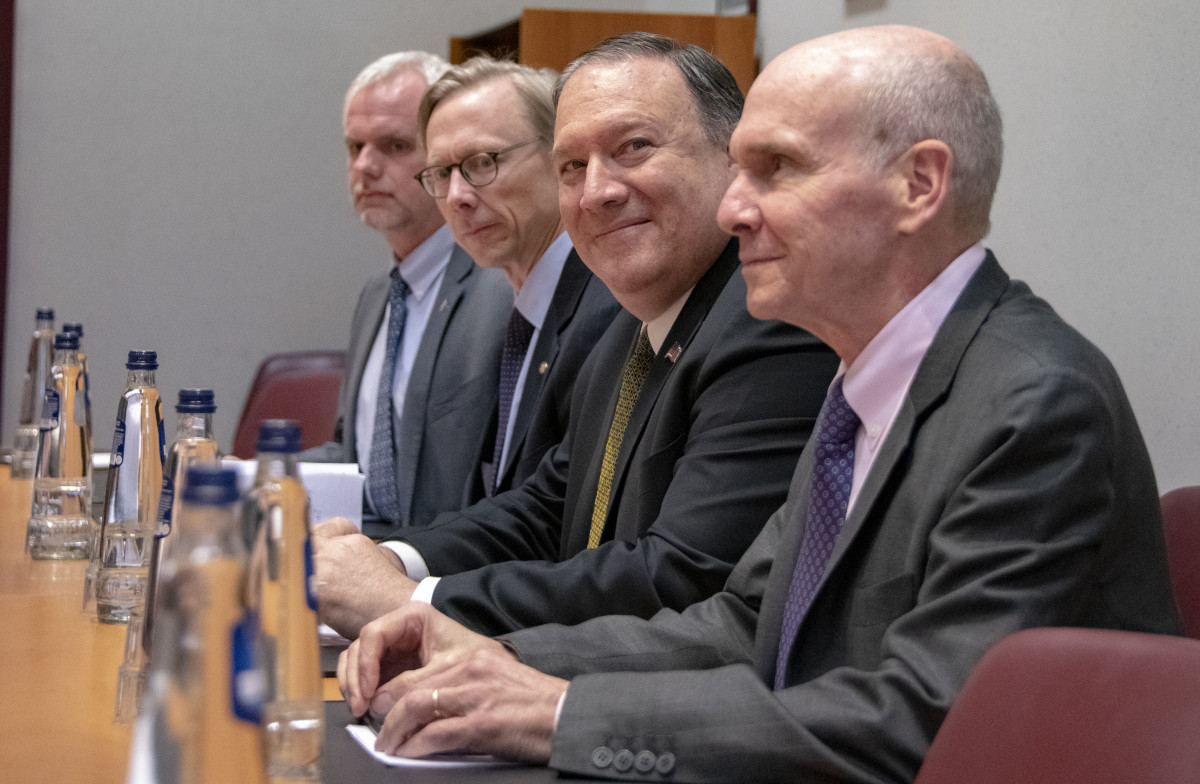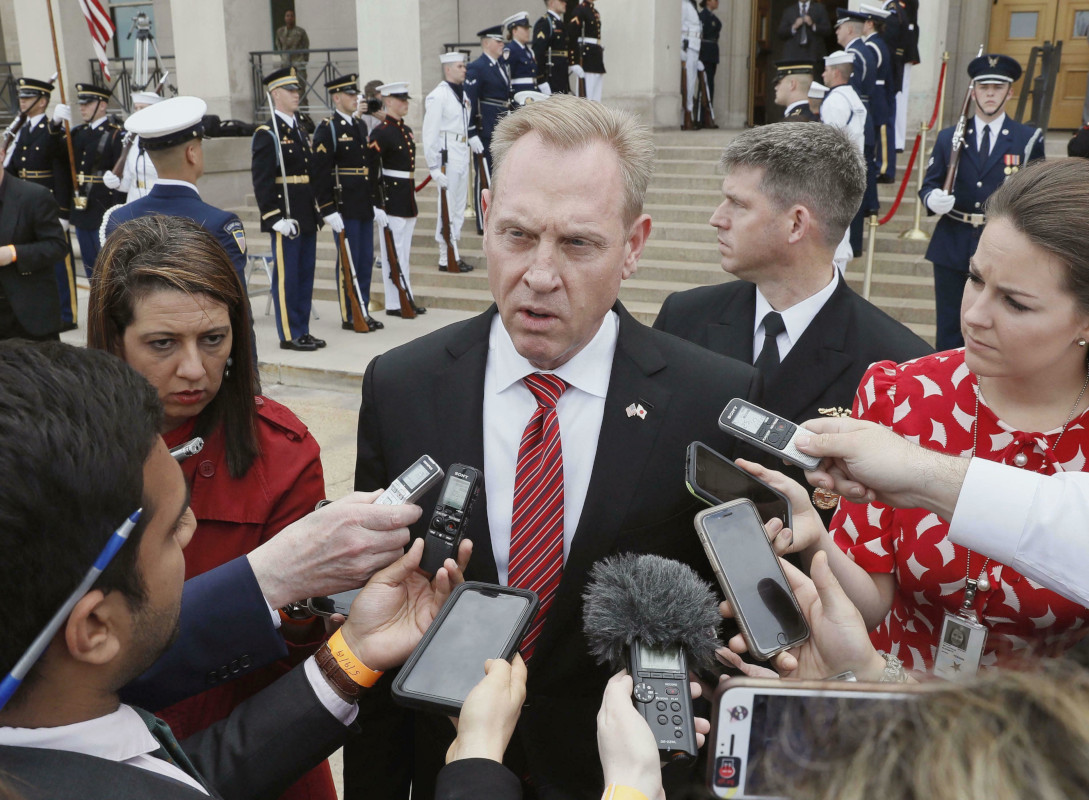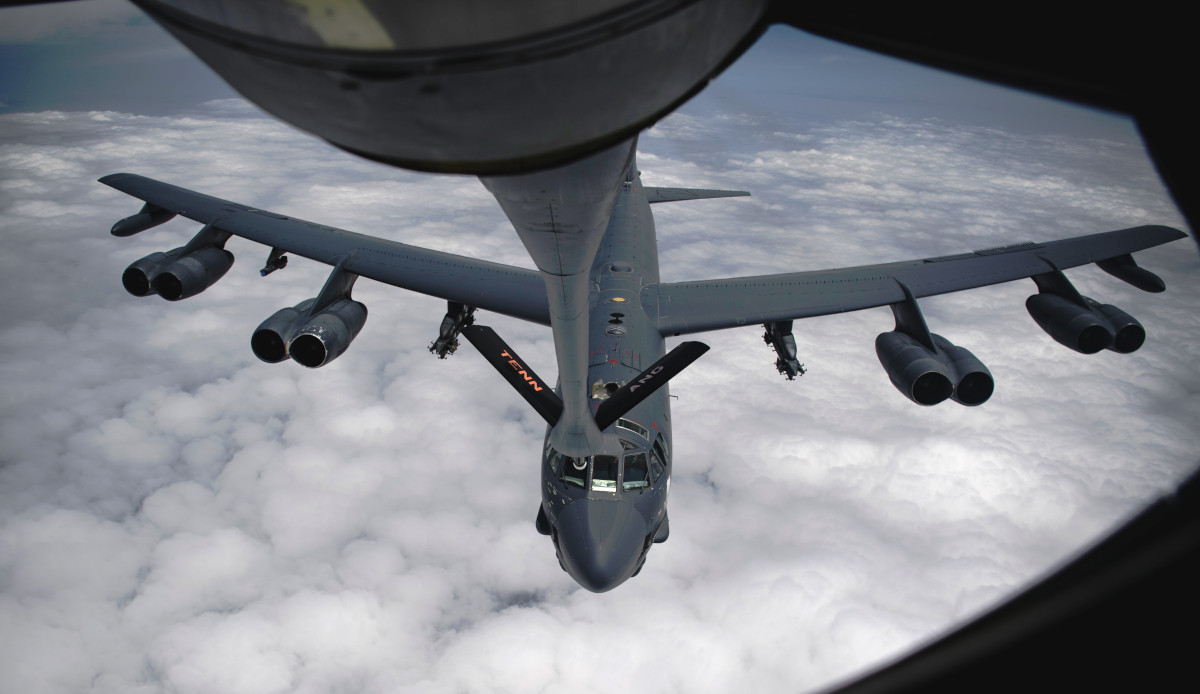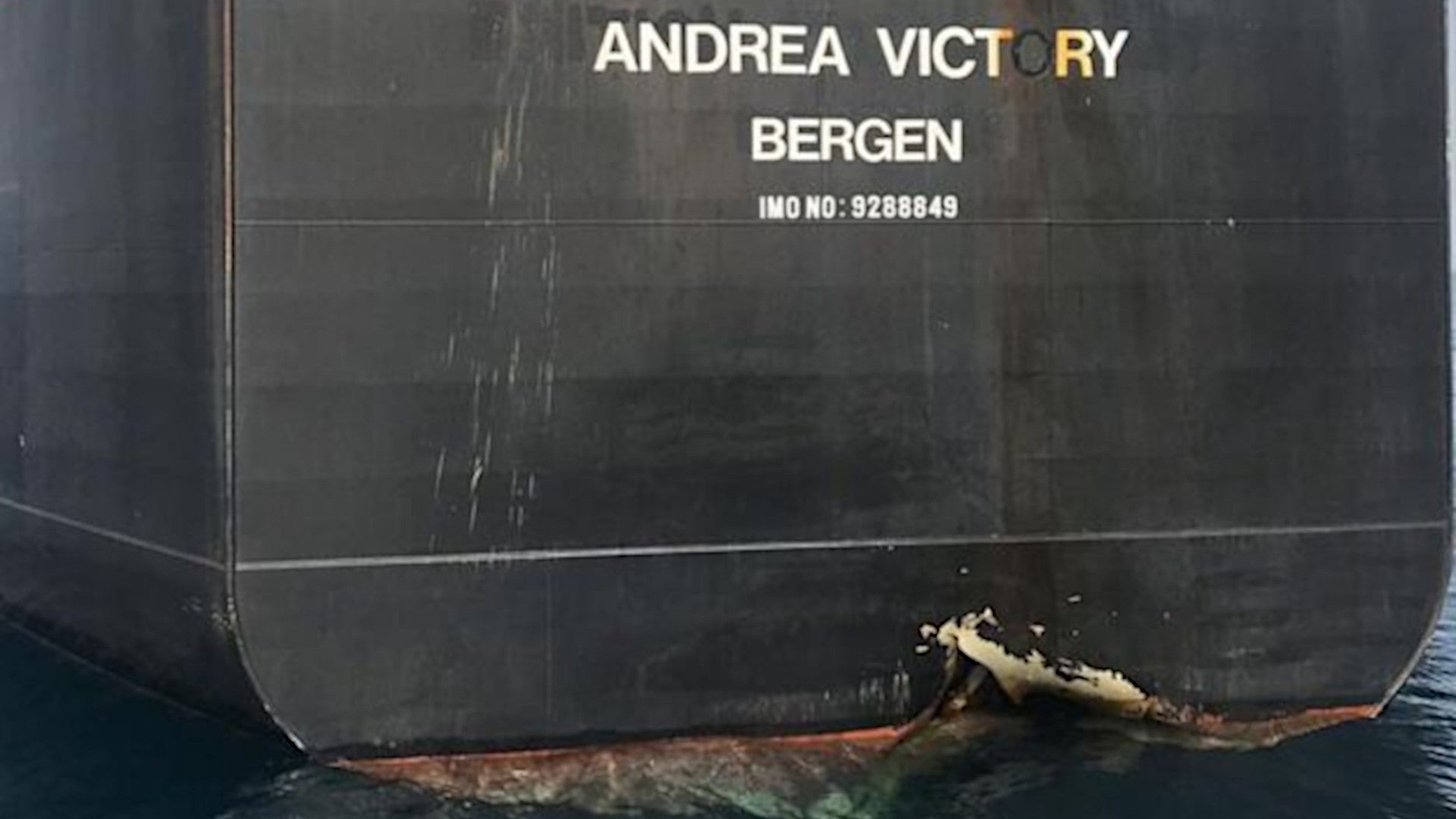A U.S. military team in the United Arab Emirates has reportedly come to the initial assessment that Iran or one of its proxies was responsible for attacks on four oil tankers near that country’s port city of Fujairah yesterday, though there are no details yet about how they arrived at this conclusion. This comes amid a separate report that the Pentagon revised at least one of its contingency plans to deploy as many as 120,000 personnel to the Middle East in the event that Iranian forces or proxies launch attacks on Americans or begin apparent work toward building a nuclear weapon.
Multiple outlets have reported late on May 13, 2019, that the Pentagon has pointed the finger at Iran, all citing unnamed U.S. government sources. The details they received, that all four ships suffered five-to-10 foot wide holes in the hulls at or near the waterline, are the same, though. Authorities in the UAE, Saudi Arabia, and Singapore have now identified all four ships, as well. Two of the tankers, Amjad and Al Marzoqah, are flagged in Saudi Arabia, while a third unnamed ship is registered in Sharjah, one of the seven emirates that make up the UAE. The last vessel, the Andrea Victory, is a Norwegian-flagged tanker that belongs to a shipping group, Thome Ship Management, headquartered in Singapore.
Video of the Andrea Victory has emerged showing the hole in its rear hull and remains the only publicly available imagery of the damage to any of the ships. Thome has only said that the ship hit an “unknown object,” though it certainly looks to be the result of a mine or other weapon.
However, neither the Saudis, the Emiratis, nor the United States has offered any specific details on the weapon or weapons employed or any other specifics about the apparent attacks. It is also unclear how the U.S. military team, which the Pentagon said it had just dispatched today, was able to arrive at its initial assessment so quickly.
“We discussed … what seemed to be attacks on commercial vessels that were anchored off Fujairah,” U.S. Special Representative for Iran Brian Hook told reporters earlier on May 13, 2019. “We have been requested by the UAE to provide assistance in the investigation, which we are very glad to do.”
Hook held the press conference around Secretary of State Mike Pompeo’s short-notice visit to Brussels to meet with representatives from multiple European allies, the European Union, and NATO. Pompeo postponed his arrival in Sochi, where he is set to meet with Russian President Vladimir Putin and Foreign Minister Sergei Lavrov, in order to stop in Belgium.

“Iran is an escalating threat and this seemed like a timely visit on his way to Sochi,” Hook said. “The secretary wanted to share some details behind what we have been saying publicly.”
The U.S. government has said relatively little publicly about the nature of the intelligence it received last week that purportedly indicated that Iran or its proxies were potentially planning to launch attacks on American interests, and those of its allies, across the Middle East. The initial reports caused Pompeo to abruptly skip meetings in Germany and instead make an unscheduled visit to Iraq to meet with officials in that country, the government of which has strong relations with Iran.
The New York Times has also reported that Acting Secretary of Defense Patrick Shanahan presented an updated contingency plan to President Donald Trump and other senior administration officials on May 9, 2019, regarding how the U.S. military could respond if Iran or its proxies were to follow through with any attacks, or if that country were to begin work toward building a nuclear weapon. Iran has repeatedly said that it has no interest in nuclear weapons and there is no evidence that it is actively pursuing them.

But Iranian officials did recently threaten to increase enrichment of uranium, ostensibly for nuclear energy purposes, if the remaining parties to the controversial deal over the country’s nuclear program did not meet its various demands for a new arrangement. The Trump Administration pulled out of the Iran Deal, also known as the Joint Comprehensive Plan of Action, in 2018. If Iran were to begin enriching uranium to 20 percent purity or above, it would position itself much closer to a nuclear weapons breakout capability should it decide.
The plan Shanahan presented to Trump involved the deployment of air, land, and sea forces to the Middle East. This would be a major contingency operation involving a force package that would consist of some 120,000 personnel and is unrelated to the recent expedited deployment of the Nimitz-class aircraft carrier USS Abraham Lincoln and its associated strike group to the Persian Gulf or the relatively small deployments of U.S. Air Force B-52 bombers and F-15C fighter jets, an additional U.S. Navy amphibious ship, and a U.S. Army Patriot surface-to-air missile battery elsewhere in the region.

The revised plan does not reportedly call for a ground invasion of Iran, according to The New York Times , which did not say what it did include. This would effectively leave only “bloody nose” stand-off strikes against critical targets in Iran, such as those linked to its nuclear and ballistic missile programs. Those same strikes could seek to neuter Iran’s more threatening standing military capabilities, such as its ballistic missiles, shore-based anti-ship missiles, naval mining assets, submarines, small manned and unmanned boats capable of swarming attacks, and unmanned aerial vehicles. All of these systems could potentially help Iran follow through on its oft-repeated threat to blockade the Strait of Hormuz, which is vital to the transshipment of a significant portion of the world’s oil and gas supplies.
Additional forces would be necessary to guard American and allies interests against counterattacks, including potential ballistic missile strikes and terrorist attacks. It is not clear whether the present iteration of this contingency plan includes the Obama-era provision for a massive cyberattack, known as Nitro Zeus, to cripple the country’s military command and control networks, air defenses, and communications and power infrastructure, among other things.
In meeting with Pompeo, despite whatever evidence America’s top diplomat presented, the United States’ European allies primarily expressed concern that the United States was at risk of stumbling into a conflict through miscalculations or misinterpretations of the available information. “We are very worried about the risk of a conflict happening by accident, with an escalation that is unintended really on either side,” Jeremy Hunt, the United Kingdom’s Foreign Secretary, said.
In the meantime, questions as to the source and quality of the initial intelligence the U.S. received on potential Iranian threats, as well as the nature and justification of the initial assessment of Iranian culpability on the recent attacks on the oil tankers off Fujairah, remain almost entirely unanswered publicly. All of this only adds to what has already been a largely unexplained series of events coupled with an equally spotty narrative.
“We’ll see what happens with Iran,” President Trump also told reporters on May 13, 2019. “If they do anything, it would be a very bad mistake.”
But with the U.S. government already taking the position that Iran or its proxies were behind the recent attacks on the tankers near Fujairah, the situation in the Middle East only continues to escalate.
Contact the author: jtrevithickpr@gmail.com
